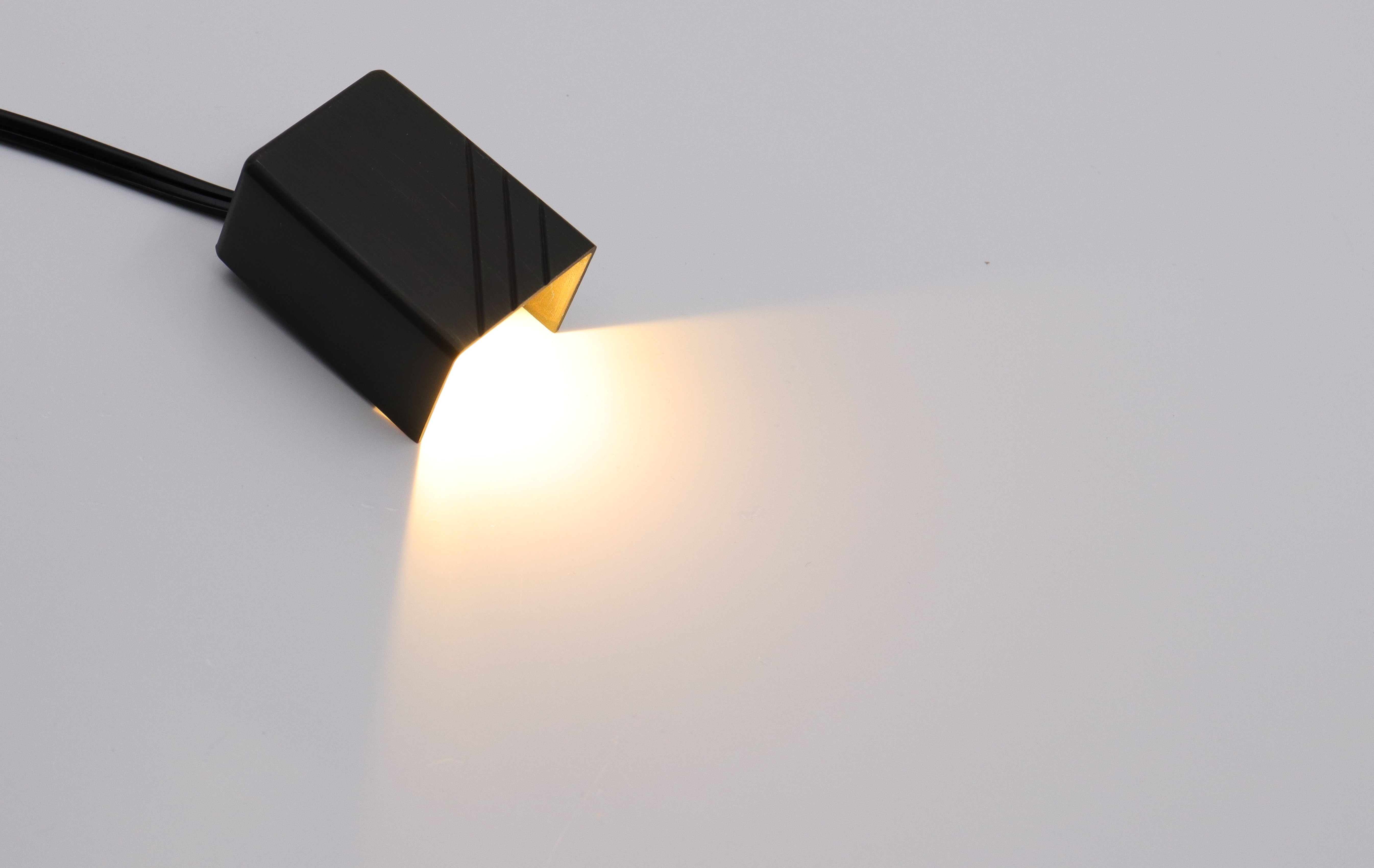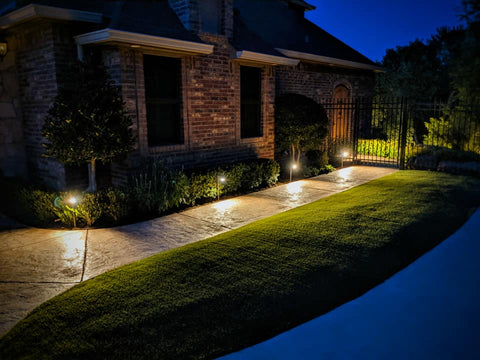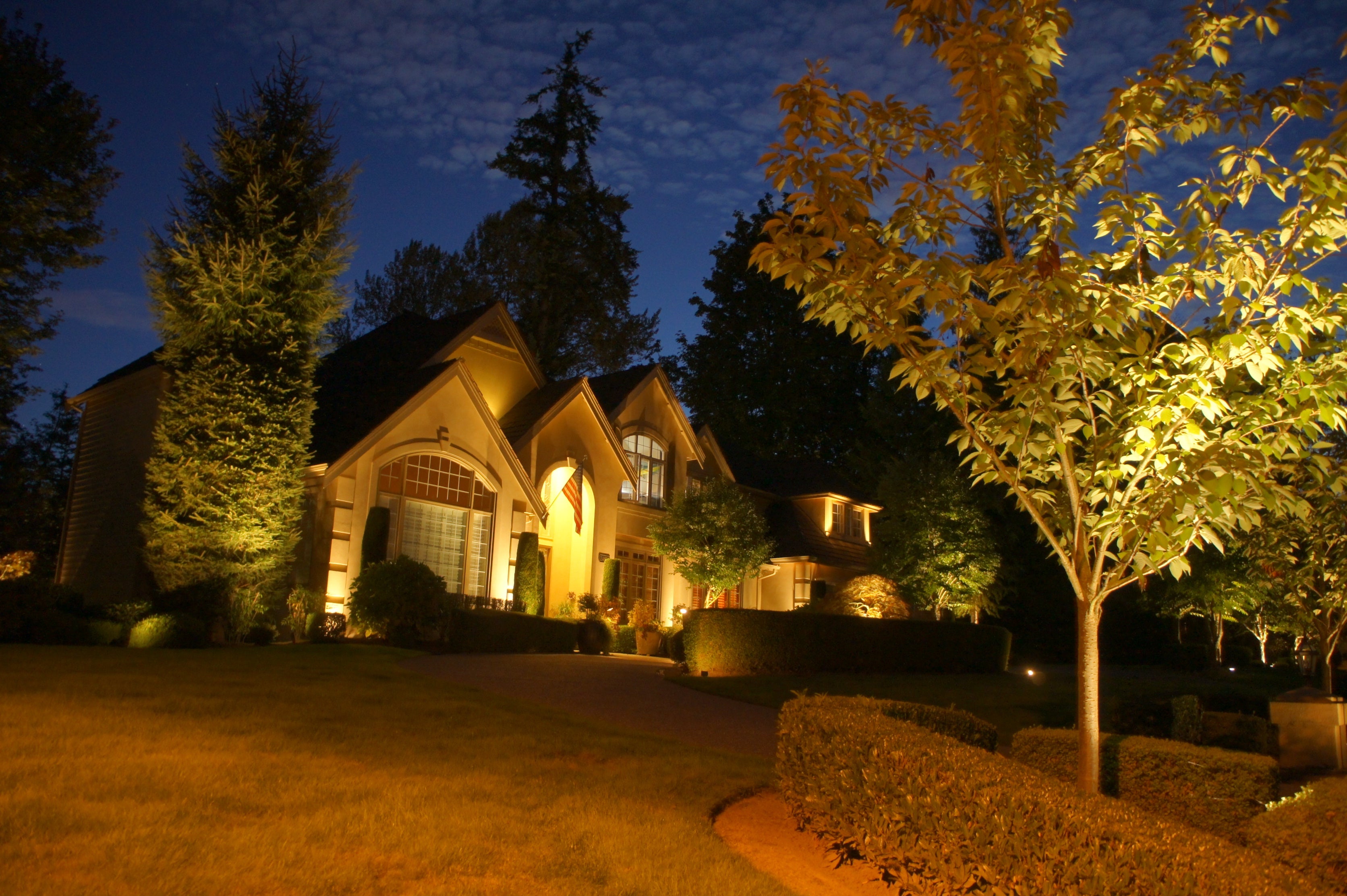Outdoor lighting plays a crucial role in our daily lives, affecting how we feel, think, and interact with our surroundings. The difference between good and bad outdoor lighting can be significant, impacting everything from our mood and sleep patterns to community safety and urban aesthetics. This article explores the key features of quality outdoor lighting, common problems with poor lighting choices, and how these factors influence our emotions and thoughts. By understanding the importance of proper outdoor illumination, we can make better decisions about lighting in our homes, neighborhoods, and cities, leading to improved well-being and stronger communities.
|
Aspect |
Good Outdoor Lighting |
Bad Outdoor Lighting |
|
Natural Rhythm |
Mimics daylight, full spectrum |
Disrupts natural rhythm with blue light |
|
Brightness Control |
Dimmable to suit needs |
Overly bright or non-adjustable |
|
Color Temperature |
Consistent warmth or coolness |
Inconsistent color temps |
|
Glare |
Reduced glare design |
High glare, hard on eyes |
|
Aesthetics |
Enhances local beauty |
Poorly aimed, causing skyglow |
|
Safety |
Well-lit paths/streets |
Dark spots or harsh shadows |
|
Community |
Encourages social interaction |
Uninviting, inconsistent lighting |
|
Functionality |
Tailored for various activities |
One-size-fits-all approach |
|
Wildlife |
Considerate of animal patterns |
Can disrupt nocturnal wildlife |
|
Light Pollution |
Minimally invasive |
Contributes to skyglow |
Why Does Natural Light Matter So Much to Us?
Humans have a deep connection with natural light that goes back to our earliest ancestors. Our bodies and minds have evolved to respond to the rhythm of day and night, which affects our sleep patterns, energy levels, and overall well-being. Natural light helps regulate our internal body clock, telling us when to be alert and when to rest.
Artificial lighting, while useful, can sometimes disrupt this natural rhythm. For example, bright blue light from screens or LED lights in the evening can trick our brains into thinking it's still daytime, making it harder to fall asleep. On the other hand, warm, dimmer lights in the evening can help prepare our bodies for rest, mimicking the natural sunset.

What Should You Look for in Quality Outdoor Lighting?
- Natural Light Effect: The best outdoor lighting mimics natural daylight. This means using lights that produce a full spectrum of colors, similar to sunlight. Such lighting can help maintain our natural rhythms and make outdoor spaces feel more inviting and comfortable.
- Dimming Capability: Adjustable lighting is very practical. It allows you to change the brightness depending on the time of day or the activity. For instance, you might want brighter light for reading or working outside, but softer light for relaxing in the evening.
- Consistent Color Temperature: Good outdoor lighting maintains a stable color temperature, which is the warmth or coolness of the light. Consistent color helps our eyes adjust more easily and can positively affect our mood and focus.
- Anti-Glare Design: Quality outdoor lights are designed to reduce glare, which is the uncomfortable brightness that can hurt your eyes. Anti-glare features help protect your vision and make it easier to see clearly in outdoor spaces.
What Are the Common Problems with Poor Outdoor Lighting?
1. Glare: More Than Meets the Eye
Glare from outdoor lighting can be a real problem. When lights are too bright or not pointed in the right direction, they can make it hard for us to see. This is especially tough when you're driving or just trying to enjoy an evening outside. And if light spills into places where it's not wanted, like your bedroom, it can mess with your sleep.
2. Color Confusion
Not all outdoor lights are created equal. Some give off a cozy, warm glow, while others emit a cold, harsh light. When these different types of lights are mixed together in the same space, it can make the area feel unwelcoming and just plain odd. Plus, it can actually put us in a bit of a sour mood.
3. Brightness Overload
Some outdoor areas are lit up like daytime-way brighter than they need to be. This not only wastes electricity but also creates dark shadows that can be unsafe to navigate through. Think of walking from a very bright spot directly into a dark one; it takes a moment for your eyes to adjust, which isn't ideal, especially in areas where you need to watch your step.
4. Direction Matters
The way outdoor lights are aimed is crucial. If they're pointed wrong, they won't light up the spaces that actually need it. Instead, they might shine upward, creating what's known as skyglow, which makes it harder to see the stars at night.
5. Outdated and Unattended
Older outdoor lighting technology may use more energy and often doesn't last as long as newer solutions. Without features like motion sensors or timers, these lights stay on all night, even when no one's around. Additionally, lights that aren't cleaned or fixed regularly can become less effective over time.

How Outdoor Lighting Quality Affects Mood and Thoughts
- Comforting Warmth: Ideal outdoor lighting can create a sanctuary that soothes the soul. Picture stepping into a backyard with lanterns casting a gentle glow-it's like an embrace from the environment, making you feel content and at peace.
- Discomfort in Brightness: On the flip side, lights that are too intense or cold can be jarring. Spaces flooded with overly bright floodlights can leave us feeling exposed and on high alert, stripping away the sense of relaxation that often comes with evening hours.
- Clarity and Productivity: When it's time to work or play outside, good lighting is key. A basketball court with evenly distributed lights allows for clear vision and quick reactions, while a well-lit patio can become the perfect spot for reading or late-night discussions, enabling sharp thinking and concentration.
- Strain and Distraction: But when outdoor areas lack proper lighting, our cognitive wheels start to grind. Insufficient light forces our eyes to work harder, causing strain and making it difficult to focus. Tasks that require attention to detail become unnecessarily challenging and can lead to quicker mental fatigue.
- Sleep Rhythms: Outdoor lighting can even influence our internal clocks. The right type can signal to our body that it's time to wind down, supporting healthy sleep patterns. In contrast, areas blasted with high-intensity lamps, especially those emitting blue light, can disrupt our natural sleep-wake cycle, leading to poor sleep quality.
- Psychological Safety: There's also a sense of security that comes with well-planned outdoor lighting. It can make public places feel safer, reducing the risk of accidents and deterring crime. Areas left dark or with inconsistent lighting not only pose physical risks but can also make people feel uneasy, affecting the overall sense of community safety.
- Wildlife Disruption: Outdoor lighting should also account for local wildlife. Lights that are too bright or improperly shielded can disorient nocturnal animals and interfere with migratory patterns, impacting ecosystems.
- Light Pollution: Furthermore, excessive or misdirected light contributes to skyglow, which obscures our view of the stars and alters the character of our nighttime environment.
The Ripple Effect: Broader Impacts of Outdoor Lighting Quality
More Than Just Streetlights
Imagine your local park or the heart of downtown with just the right touch of light-it's welcoming. It encourages folks to step out for an evening stroll or to let the kids play a little longer as the sun sets. Places that are lit up nicely have this cool way of drawing people together, almost like moths to a flame, but in a good way. They become these social hubs where friendships spark and communities thrive.
Feeling Safe in the Glow
There's something about a well-lit path or street that just makes us feel more secure. When our surroundings are bright enough to see clearly, it's easier to shake off the worry of what might be lurking in the shadows. Plus, when more people feel safe to hang out after dark, it brings life to the streets, and that alone can keep the troublemakers at bay.
Nighttime Is the New Daytime
A city that knows how to work its nightlights? That's a place you remember. From the way the spotlights hit the old bricks on Main Street to the gentle illumination of statues in the park-good lighting shows off a town's best features when the sun goes down. It's all about giving the city a chance to strut its stuff 24/7 and making locals proud of their stomping grounds.
Lights That Get Us
Ever think about how lighting isn't one-size-fits-all? Different spots need different vibes. In a cozy residential lane, softer lighting sets the chill mood just right. But over in the buzzing commercial district, we want that bright energy to keep the pace. When lighting plays to the crowd, tailoring its approach to who's around and what they're up to, everyone feels a bit more at home under the stars.
Conclusion
The quality of outdoor lighting plays a crucial role in our daily lives, affecting our personal well-being and the health of our communities. Good lighting can improve our mood, enhance our ability to think and work, and create safer, more vibrant public spaces. On the other hand, poor lighting can lead to discomfort, anxiety, and a range of negative impacts on individuals and communities.







Leave a comment
All comments are moderated before being published.
This site is protected by hCaptcha and the hCaptcha Privacy Policy and Terms of Service apply.